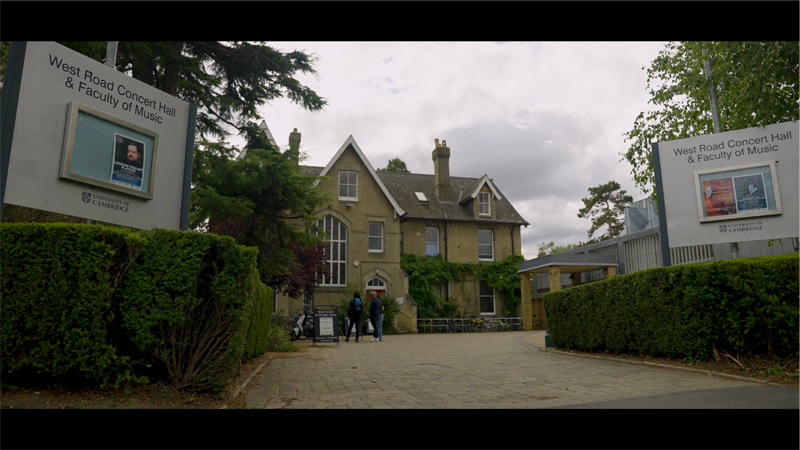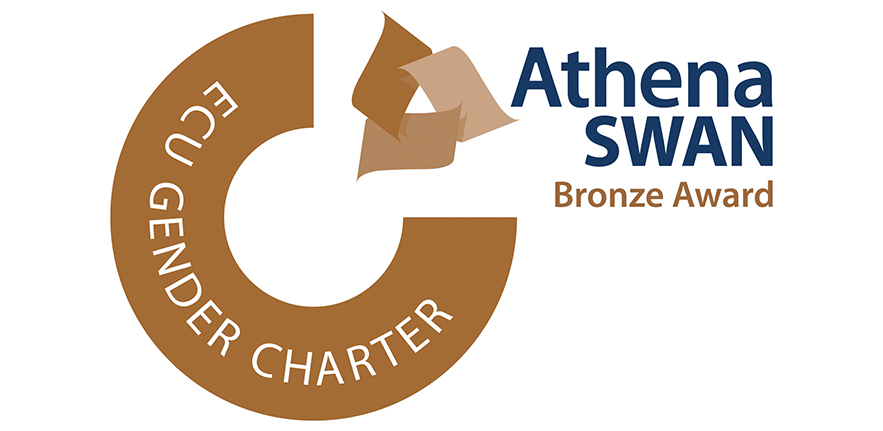Funded by a AHRC Fellowship, 'Shadows of meaning' aimed to develop a new approach to the analysis of multiple recorded performances of a given work (what I called 'augmented listening'), and to explore this approach in relation to Webern's Piano Variations Op 27. This web resource includes the following:
- key findings as reported on researchfish (the RCUK's research outcomes system)
- copies of ex-copyright audio and video recordings of the first movement as discussed in the project outputs
- performance data generated by the project, including annotated score and discography
- acknowledgements
Key findings
Webern's Piano Variations, Op. 27, were first performed two years before the outbreak of Second World War, and it was only after the war—and in very different aesthetic and ideological circumstances—that a performance tradition developed. Through a combination of computer-assisted close reading and contextual analysis, the project traced the competing stylistic and ideological directions of early performances—one deriving from the pre-war tradition of the Schoenberg circle, the other from the European avant-garde associated with Darmstadt and die Reihe—and the processes of negotiation through which a more or less consensus interpretation developed by the 1970s.
I set this narrative into a variety of broader cultural and ideological contexts. One is the fraught relationship between the pre- and post-war avant-garde: largely because of Peter Stadlen, who premiered the work, the Piano Variations were constantly in the front line of controversy. I show that the links between pre-war and post-war traditions were much stronger than Stadlen was prepared to admit, for example through the influence of Arnold Schoenberg on Leonard Stein, and of René Leibowitz on Jacques-Louis Monod. Another is the ideological context of the post-war avant-garde, with its aim to make a new beginning and its links to existentialism and structuralism. While for a brief period Webern was seen as emblematic of this new beginning, however, the focus of the Darmstadt avant-garde was on his scores rather than his music as performed or heard.
Key modernist performers of the Piano Variations from Monod and Stein to Paul Jacobs and Yvonne Loriod drew on historical performance practice to a far greater extent than has been generally recognised, and recordings by the so called Darmstadt hardliners—none of whom were German—were also much more distinct and idiosyncratic than the literature suggests. There was a disconnect between Darmstadt-style analysis and performance practice: the evidence of Stein's 1965 DMA thesis is that he, at least, was thinking in pre-war terms even as he made perhaps the most uncompromisingly literalistic of all the recordings of Op. 27. Only in Jean-Rodolphe Kars's recording from 1969, and perhaps those of the Takahashi siblings during the 1970s, is there a suggestion of what an interpretation might have been like that proceeded from the basic tenets of post-war serial aesthetics.
The extent to which post-war performers of Op. 27 perhaps unconsciously drew on the performance practices and assumptions of late nineteenth-century tonality has prompted questions as to how far atonal and serial music, like neo-classicism, recirculated the signifiers of earlier music without establishing effective principles of its own. That is what Adorno meant when he said it was necessary to rely on old-school performance practices if Webern's late music was to be given even 'a shadow of meaning'. But Adorno's distinction between meaning and shadow, original and copy, turns on the music-theoretical distinction between 'primary' and 'secondary' parameters that was one of the foundations of post-war music theory, and in the final section of the major article resulting from the project I critique it: the 'rhetorical' aspects of performance do not so much project pre-existing, abstract structures as directly generate structure as experienced by listeners. Thinking about the relationship between scores and performances in this way helps to create space for an appreciation of the creative dimension of performance.
This research was first presented in July 2014 at the Performance Studies Network conference at Cambridge, with other presentations during that year being given in London, Lisbon, Tallahassee, and Beijing. Two project outcomes have been published. The major one is an article entitled 'Inventing tradition: Webern's Piano Variations in early recordings’ (published in Music Analysis 36 [2017], 163-215), and is summarised in the previous paragraphs. The other is a focussed study of corporeal gesture in performance, structured around the audio-video recordings of the Piano Variations that Gould made for television; it traces the interaction of the audible and visible dimensions of performance, and sets Gould's televised performances of Op. 27 into the larger context of stylistic development evidenced by his audio recordings. It has been published as 'Seeing sound, hearing the body: Glenn Gould plays Webern's Piano Variations', in The Oxford Handbook of Sound and Image in Western Art, ed. Yael Kaduri (New York: Oxford University Press [2016]), 124-37; it has also appeared in an adapted German translation ('Klang sehen, Körper hören: Glenn Gould spielt Weberns Variationen für Klaver), in Musik und Geste: Theorien, Ansätze, Perspektiven, ed. Karin Eggers and Christian Grüny (Leiden: Wilhelm Fink Verlag [2018]), 71-88.
Audio and video recordings
Many of the recordings discussed in 'Inventing tradition' are in the public domain. A zip file contains all the recordings of the first movement of Op. 27, together with associated Sonic Visualiser session files, that were in the public domain at the time of this research (with the exception of Pestalozza’s 1961 recording, the rights to my copy of which are held by the British Library). They are:
Peter Stadlen 1948
Jacques-Louis Monod 1951
Glenn Gould 1954
Jeanne Manchon-Theis 1954
Leonard Stein 1954
Paul Jacobs 1956
Glenn Gould (Moscow) 1957
Webster Aitken 1961
Yvonne Loriod 1961
Franzpeter Goebels 1964
Glenn Gould 1964
In addition, these recordings, together with other audio and video recordings by Glenn Gould, may be streamed from the University of Cambridge Streaming Media server (https://www.sms.cam.ac.uk/collection/1792386).
Performance data
The project was based on a corpus consisting of all the commercially released recordings of Op 27 known to me, dating from 1948 to 2011. It involved extracting all onset times and the global dynamic values corresponding to them, using tools developed by the CHARM Mazurka Project. The extracted data may be accessed below in the form of Excel spreadsheets containing both timing and dynamic data for each movement:
Note events as listed in these spreadsheets may be identified by reference to the following annotated scores:
Further details of the recordings are provided in the discography. While some recordings were sourced only as digital files, most were obtained as vinyl or CD recordings, which have been deposited at the Pendlebury Library of Music, University of Cambridge. In a few cases recordings of movements listed in the discography will not be found in the performance data spreadsheets, owing to technical problems with the recording in question (for example omitted or incorrectly repeated segments).
The project additionally made use of Sonic Visualiser session files for each recording, together with custom designed web-based software. This ranked recordings in terms of timing and/or dynamic correlation between a specified segment of a given recording and the same segment in other recordings; it also retrieved and labelled that segment from each recording, delivering it in the form of an mp3 file and associated Sonic Visualiser session file. These tools cannot be made freely available owing to copyright in the recordings. Interested researchers may contact Nicholas Cook or Craig Sapp.
Acknowledgements
The software used in this project was created by Craig Sapp (Center for Computer-Assisted Research in the Humanities, Stanford University). Data capture was carried out by Miriam Quick and Georgia Volioti. The collection of recordings was carried out in collaboration with Miriam Quick, and the discography is adapted from hers. This research could not have been carried out without the support of the AHRC.



